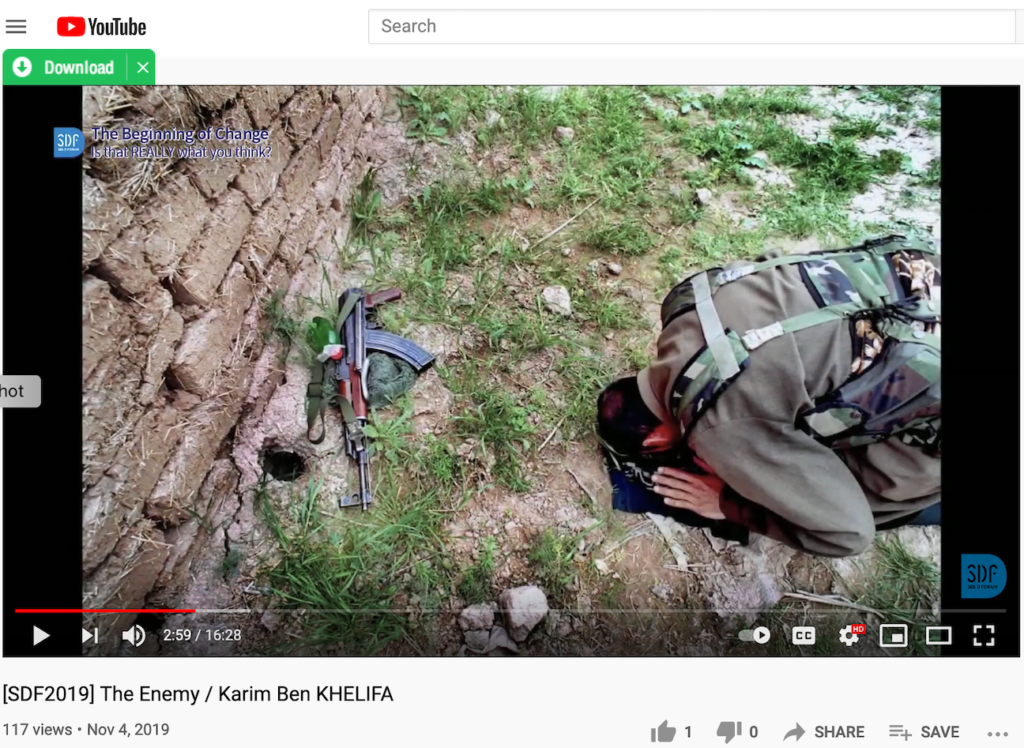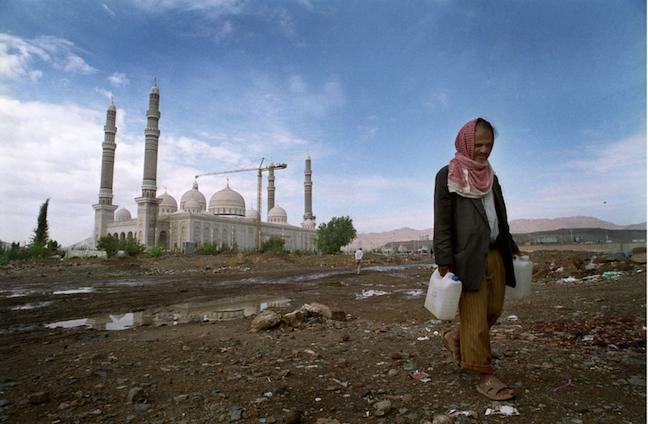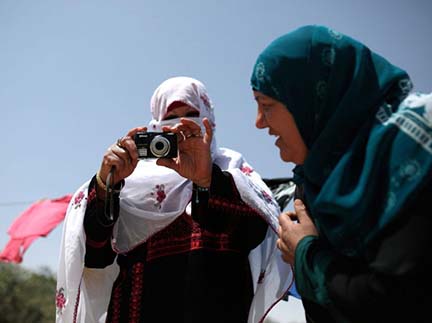
To access these books, click here.

To access these books, click here.
The latest issue of CyberOrient is now available online:
Joel W. Abdelmoez >> Good Tidings for Saudi Women? Techno-Orientalism, Gender, and Saudi Politics in Global Media Discourse
Anna Piela, Joanna Krotofil, Katarzyna Górak-Sosnowska, Beata Abdallah-Krzepkowska >> The Role of the Internet in the Formation of Muslim Subjectivity Among Polish Female Converts to Islam
and two reviews:
Omneya Ibrahim >> Review: Stein, Rebecca L. 2021. Screen Shots: State Violence on Camera in Israel and Palestine. Stanford University Press.
Michaela Slussareff >> Review: O’Neil, Cathy. 2016. Weapons of Math Destruction: How Big Data Increases Inequality and Threatens Democracy
This is a fabulous new book from the University of California Press discussing photographs from late 19th and early 20th century Palestine from seven notebooks by Wasif Jawhariyyeh (1904–1972) that contained some 900 images. And it is available for download as open access. Below is one of the images, as well as a flyer for a concert in Jerusalem by Umm Kalthum. Check it out…

As another year draws to a close, it is hard not to think in larger terms of the course of the last century. The world has seen two world wars and far too many atrocities to think of our technological and commercially driven age as golden. But in it all there has been humor. The American writer Mark Twain was a humorist with political insight. His greatest books belong to the century before, from the mother of all Holy Land travelogues, Innocents Abroad, to Huckleberry Finn and his adventurous friend Tom Sawyer. Surely one of the greatest humorists ever, Mark Twain did more than tell funny stories. His work survives in part because it uses humor to remind us of the unfairness and unwavering mundaneness of life.
In Tom Sawyer Abroad Twain offers a vivid critique of the kind of Orientalism that Edward Said rightly views as a style for dominating the Orient. Tom is not the ugly American abroad but the naive traveler finding out that the world has problems beyond flooding of the Mississippi. One of the more poignant passages goes straight to the core of the contemporary political crisis over Palestine. Who owns the Holy Land? The dialogue, as is often the case in Twain’s homespun rendering, speaks for itself:
Continue reading Who Owns the Holy Land?
The Sacrifice of Abraham, by Andrea del Sarto, ca. 1527-1528
A fable, dedicated to Mark Twain and all who really understand what it means to suffer
Abraham was sitting in his tent door near the oaks of Mamre. He was getting on in years and his son Ishmael would soon have to take over the family herds. So it was time to think about buying a burial site, perhaps the cave that Hittite had offered over near Hebron. Then he lifted up his eyes and three men stood before him. And though he did not realize it at the time, these were angels sent from God.
“Abraham,” said one of the angels, “God wants you to know what is going to happen to your descendants over the next three or four thousand years. So we are here to tell you. Are you sitting down?” Abraham was used to the flamboyance of this One God, so he made sure he stayed close to the ground.
“First of all,” said another angel, “your wife Sarah is going to have a son. I know she is a hundred years old and will probably think this is some kind of joke, but let me tell you that God doesn’t fool around when it comes to sex. You have to call this son “Isaac” and then just when you think things are going alright, God is going to ask you to take Isaac up on a mountain and kill him as a sacrifice.”
Abraham decided to keep quiet. Maybe there was more. Continue reading If only Abraham had known …

My friend Karim Ben Khelifa, an award-winning photographic journalist who I met over a decade ago, has produced an extraordinary film (“The Enemy”) on his experience as a photographer of war and violence in Iraq, Afghanistan, Palestine, the Democratic Republic of Congo and El Salvador, as well as 80 countries overall. On Youtube there is a talk he gave in 2019 about his work. including a number of his photographs. His amazing skill as a photographer is matched by his passion to show the reality of treating other human beings as enemies.

Karim has also taken photographs in Yemen over a decade ago. Some of these are archived on the New York Times blog. One of my favorites is the image of the mammoth mosque built in Sanaa by the late President Ali Abdullah Salih.


A member of ISIS poses in a fighter jet similar to those used in the Prophet’s time.
By Haroon Moghul, Religion Dispatches, August 24, 2015
Last week, The New York Times’ Rukmini Callimachi published “A Theology of Rape,†a report as important as it is horrifying. Unfortunately, like several recent exposés on the Islamic State in Iraq and Syria (ISIS), including Graeme Wood’s website-busting What ISIS Really Wants, Callimachi’s reporting is unusually receptive to the movement’s claims. Namely, that plausible Islamic arguments can be made for slavery, rape, and other crimes.
In support of his own argument that ISIS isn’t just “Islamic,†but “very Islamic,†Wood cited Princeton academic Bernard Haykel who insists that anyone who denies ISIS’ Islamic authenticity is being disingenuous (who says this is never elaborated on). Wood then proceeded to analyze ISIS’ “Islamicity†based almost entirely on Haykel, several fringe Muslim scholars, ISIS sympathizers, and no mainstream voices.
This is a problem. Journalist Murtaza Hussain explains that, “We invariably view conflicts involving Muslim groups as being driven primarily by atavistic religious beliefs.†Which is why, he adds, we jump to “texts and ideology to explain contemporary events. We don’t do this with the recent Israeli war on Gaza, even though that conflict also contains clear religious connotations and justifications.â€
Only weeks ago Jewish radicals lit a house on fire and burned a Palestinian child to death. Last year another Palestinian child was burned alive. Yet I don’t recall articles in the Times, the Atlantic or any other popular media assessing the act’s conformity with Judaism, or arguing that “price tag†attacks are not just “Jewish,†but “very Jewish.†There are, in fact, radical Jewish sects who preach indiscriminate violence citing G-d and the Torah, but these claims are not entertained as serious.
“ISIS,†laments Hussain, “has been granted full civilizational power to speak for and represent Islam.â€
For the rest of this article, click here.

“Photography has brought us closer, it’s enabled us to find a common language.†Photo by Ilan Assayag
The reality exposed by Bedouin women armed with cameras
Mothers and daughters from unrecognized villages empowered through photography.
By Vered Lee, Haaretz,| May 13, 2015
Mahadia Abu-Joda, 53, a mother of 13 and resident of the unrecognized Bedouin village of Za’arura, cradles a red digital camera in her hand. “The first time in my life that I held a camera and prepared to take a picture, about a year and a half ago, I held it upside down and in the wrong direction,†she says through the hijab that conceals her hair and frames her face.
Abu-Joda’s photographs appear in one of the four recently published photography books that document life in four unrecognized Bedouin villages in the Negev from a feminine point of view: Za’arura, Atir, Wadi al-Na’am and Alsra. The books, which are accompanied by an exhibition on display at present at Multaka-Mifgash, a Jewish-Arab cultural center in Be’er Sheva, were produced by the Negev Coexistence Forum and created during a project operated by the organization Human Rights Defenders, in which about 30 Bedouin women from the unrecognized villages participated. Continue reading Bedouin Women with Cameras…